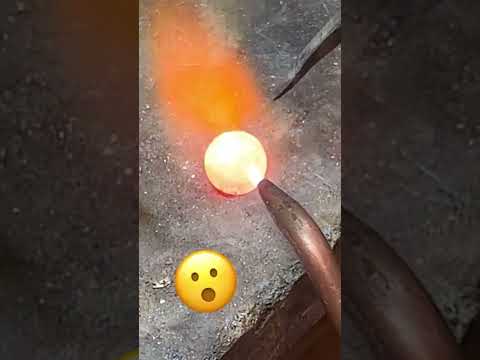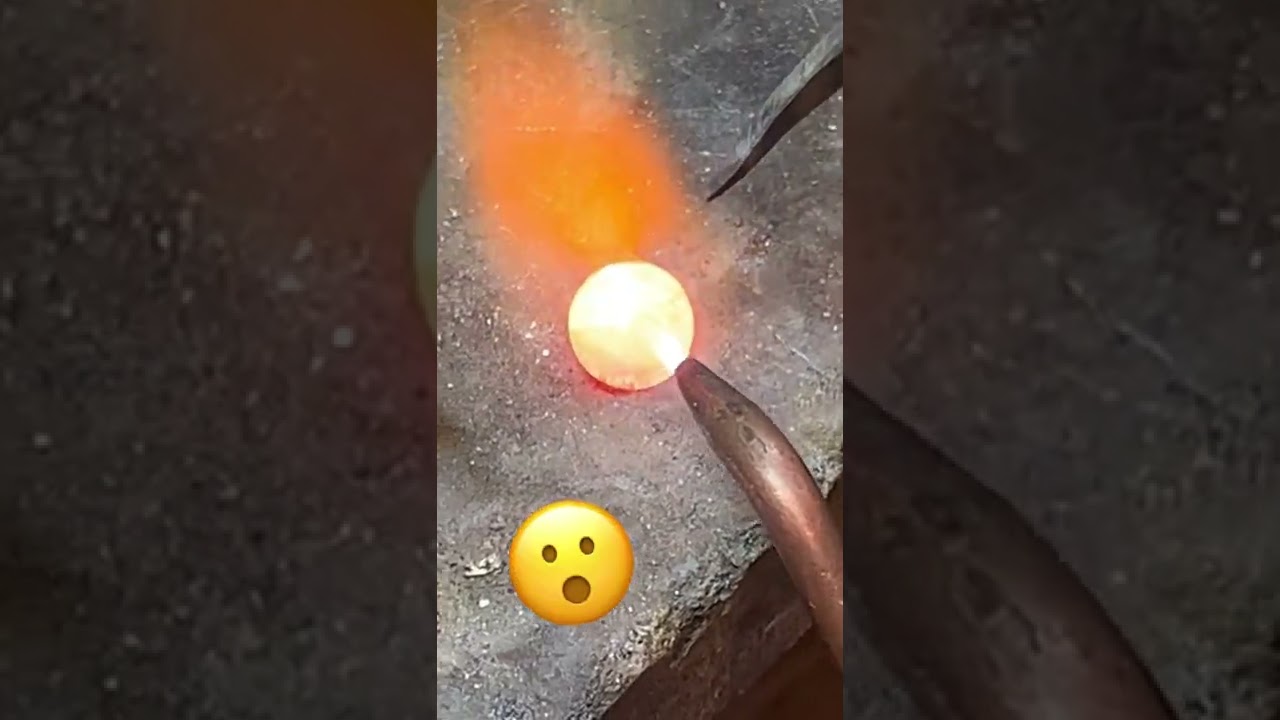Raw diamonds are truly a sight to behold. With their natural, uncut form, these precious gemstones exude a captivating allure that is unparalleled. As you gaze upon a raw diamond, you will be immediately drawn to its brilliance, clarity, and unrefined beauty. Unlike their polished counterparts, raw diamonds showcase a unique charm that is both rugged and enchanting. Brilliance is one of the most striking characteristics of raw diamonds. These uncut gems possess an innate ability to reflect light in a mesmerizing manner, casting a dazzling array of sparkles. Each facet of a raw diamond captures and refracts light, creating a breathtaking display that is impossible to ignore. Furthermore, the clarity of raw diamonds is truly remarkable. In their untouched state, these diamonds often reveal intricate patterns and fascinating inclusions. These natural imperfections not only add to the stone’s allure but also serve as a testament to its authenticity and origin. Lastly, the unrefined beauty of raw diamonds is what sets them apart from their polished counterparts. Their organic shapes and rough surfaces evoke a sense of mystery and raw power. Holding a raw diamond in your hand, you can’t help but feel a connection to the Earth’s geological wonders. In conclusion, raw diamonds possess an undeniable charm that is simply irresistible. Their brilliance, clarity, and unrefined beauty make them a true treasure worth exploring and cherishing.

What Do Raw Diamonds Look Like?
| Characteristics | Description |
|---|---|
| Shape | Raw diamonds typically have an irregular shape, resembling a pebble or a rock. They lack the precision-cut facets and smooth surfaces seen in polished diamonds. |
| Color | Raw diamonds can come in a variety of colors, ranging from colorless to yellow, brown, or even rare colors like blue or green. The color intensity may vary within a single diamond. |
| Transparency | Most raw diamonds are not completely transparent. They often exhibit varying degrees of translucency, with some areas appearing more opaque than others. |
| Inclusions | Raw diamonds commonly contain inclusions, which are internal or external imperfections. These inclusions can be minerals, cracks, or other diamond crystals trapped within the stone. |
| Surface Texture | The surface of a raw diamond may be rough, pitted, or even encrusted with other minerals or dirt. It lacks the polished and reflective surface seen in cut and polished diamonds. |
| Size | Raw diamonds come in various sizes, ranging from tiny fragments to larger stones. The size of a raw diamond is independent of its quality or potential value. |
“Crack the Code: Unmasking Real or Fake Diamonds with the Torch Test”
What Do Raw Diamonds Look Like?
Raw diamonds, also known as rough diamonds, are the purest form of this precious gemstone. They are untouched by human hands and have not undergone any cutting or polishing processes. These uncut diamonds possess a natural beauty that is quite different from the dazzling brilliance of a finished diamond. In this article, we will take a closer look at what raw diamonds look like and explore their unique characteristics.
The Appearance of Raw Diamonds
Raw diamonds come in various shapes and sizes. At first glance, they may not resemble the sparkling diamonds we are accustomed to seeing in jewelry stores. Instead, they have a more rugged and unrefined appearance. Raw diamonds can be translucent or opaque, and their color can range from colorless to various shades of yellow, brown, or even gray. The clarity of raw diamonds can also vary, with some stones containing visible inclusions or imperfections.
Despite their less polished appearance, raw diamonds have an undeniable allure. Their natural form showcases the unique journey each diamond has taken from deep within the earth to its discovery by humans. Raw diamonds are often sought after by collectors and jewelry enthusiasts who appreciate the raw beauty and want to create unique pieces that highlight the authenticity of the gemstone.
The Texture and Feel of Raw Diamonds
Raw diamonds possess a unique texture that sets them apart from their polished counterparts. When you touch a raw diamond, you may feel its uncut edges and surface irregularities. These imperfections are part of what makes raw diamonds so captivating. Unlike the smooth and flawless feel of a cut diamond, raw diamonds give you a sense of their untamed nature. They have a rough tactile quality that adds to their raw appeal.
How Raw Diamonds Are Formed
Raw diamonds are formed deep within the earth, under extreme heat and pressure. Over millions of years, carbon atoms crystallize and form the structure of a diamond. These diamonds are then brought closer to the surface through volcanic activity. When volcanic eruptions occur, they bring the diamonds along with them, creating diamond deposits. These deposits are then mined and raw diamonds are extracted from the earth.
It is important to note that not all rough diamonds are suitable for use in jewelry. Some raw diamonds may have too many inclusions or imperfections to be considered gem quality. These diamonds are often used for industrial purposes, such as in cutting tools or grinding wheels. However, the raw diamonds that meet the criteria for gem quality are carefully selected and processed to become the dazzling diamonds we are familiar with.
Raw Diamonds in Jewelry
Raw diamonds are increasingly gaining popularity in the world of jewelry. Their unique and organic appearance has captured the attention of designers and consumers alike. When set in jewelry, raw diamonds create a striking contrast with more refined gemstones, such as polished diamonds or colored gemstones. They add an element of raw beauty and individuality to the piece, making it truly one-of-a-kind.
Raw diamond jewelry can take many forms, from delicate necklaces and earrings to statement rings and bracelets. The use of raw diamonds allows jewelry designers to connect with nature and emphasize the natural beauty of the gemstone. Each raw diamond has its own distinct characteristics, making every piece of raw diamond jewelry truly unique.
In conclusion, raw diamonds possess a distinct beauty that sets them apart from their polished counterparts. Their uncut edges, surface irregularities, and rough texture give them a unique appeal. Raw diamonds come in various shapes, sizes, and colors, adding to their individuality. While not all rough diamonds are suitable for use in jewelry, those that meet gem quality standards are transformed into stunning pieces that highlight their raw allure. So, next time you come across a raw diamond, take a moment to appreciate its natural beauty and the journey it has taken from deep within the earth to your hands.

